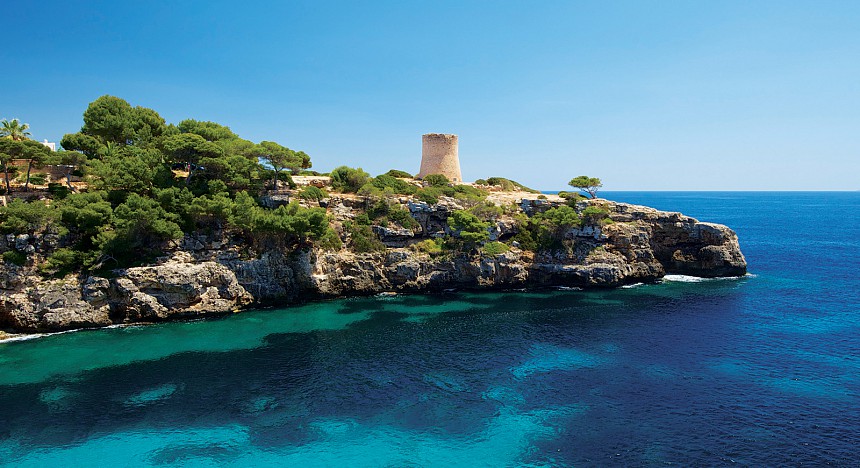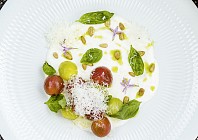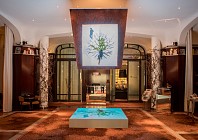Since paying a visit to Mallorca in April, I’ve been eager to return to dig deeper into the island’s gastronomy. Back then, the buzz around its flourishing foodie scene was palpable, and when I make it back in July to explore further I find out why. Not only has a new generation of Mallorquin chefs returned home, their skills honed after cooking in some of the world’s best kitchens, the older generation has slowly but surely started to learn how to promote what their incredibly abundant island has to offer.
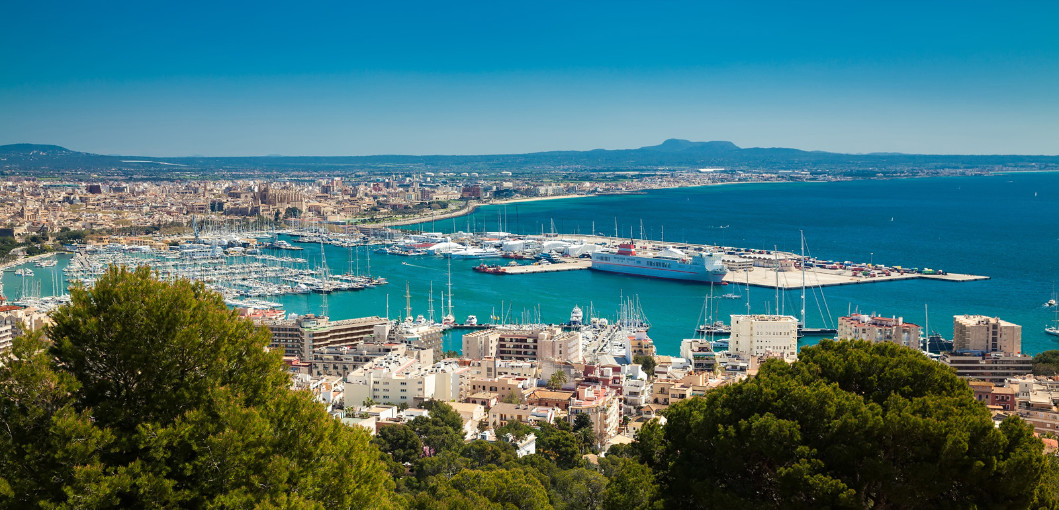
“It’s really exciting where we are right now – there’s a buzz about it, something’s happening,” says British-born chef Marc Fosh, a 21-year island resident, who has not only witnessed the evolution of Mallorca’s gastronomic scene first hand, but has helped to shape it. His flagship restaurant Marc Fosh, which opened in Palma’s Hotel Convent de la Missio in 2009 as Simply Fosh to become the recipient of the city’s first Michelin star in 2014, is my first port of call. “When I first opened, I wanted to get away from the paraphernalia of Michelin and strip everything down,” Fosh tells me over a pre-lunch café con leche. “We had no sommelier, no table cloths, no maître d’, and the wine was left on the table. I wanted to try and get this buzz around producing really good food but taking away all the seriousness.”
Though evenings at Marc Fosh are a very elegant affair with table cloths and sommeliers, lunch continues to be simple – despite the Michelin star. And given how quickly the city-centre restaurant fills up come 1.30pm, it’s clearly a philosophy that works. There’s barely an empty seat in the house as residents and tourists alike take their pick between the three- and the five-course menu de la semana. Highlights of mid-July’s menu include a chilled tomato soup, complete with lemon verbena, marinated bonito, mango and a surprise mouthful of guacamole; a creamy beetroot rice with basil pesto and rocket leaves, a dish made particularly special thanks to its spectacularly vibrant colours; and a perfectly-balanced peach dessert, with components including mirin (a sweet rice wine), cardamom and matcha tea cremoso.
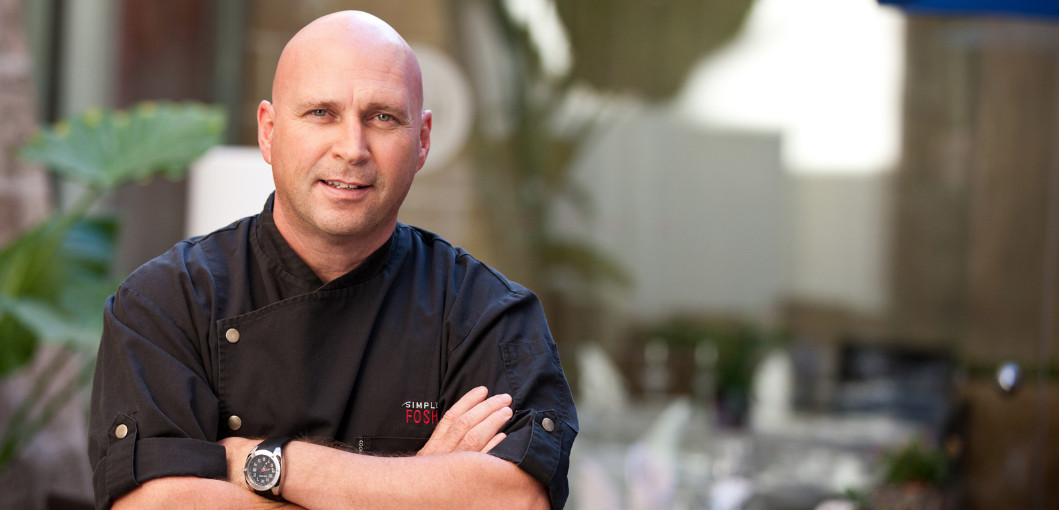
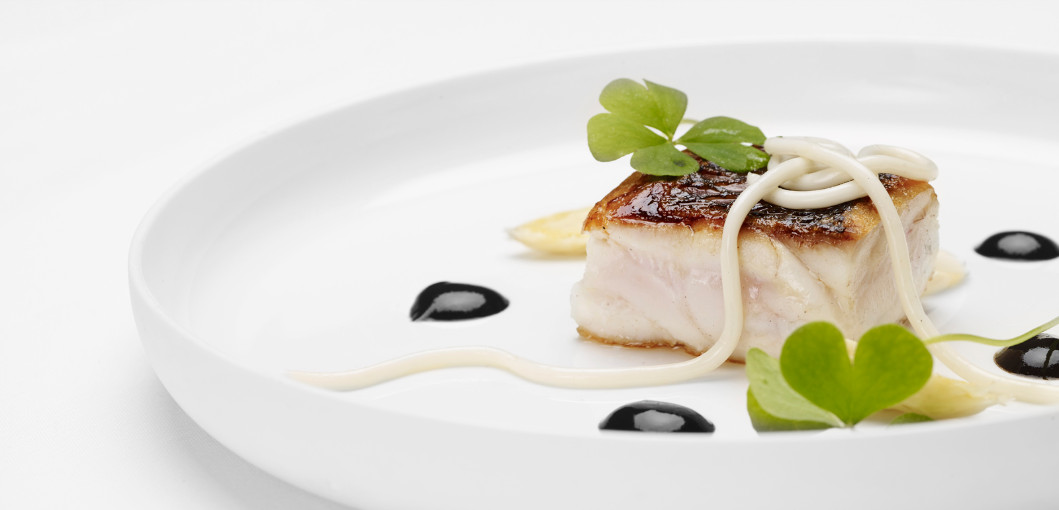
The relaxed vibe continues at my next stop on Palma’s foodie trail at Aromata (Carrer de la Concepció, 12; +34 971 49 58 33) by 32-year-old Mallorquin chef Andreu Genestra, who worked for Fosh when he was 19. [“Back then, I knew he was going to be good because he was in love with what he was doing,” Genestra’s ex-boss grins.] Today, Genestra represents a new generation of young chefs who have honed their skills in the world’s culinary hotspots and returned to bring Mallorquin cuisine into the spotlight. Before returning to live in Mallorca full time in 2011, he had worked winters in cities including London, Stockholm and Brazil, as well as doing a full season for Ferran Adria at elBulli.
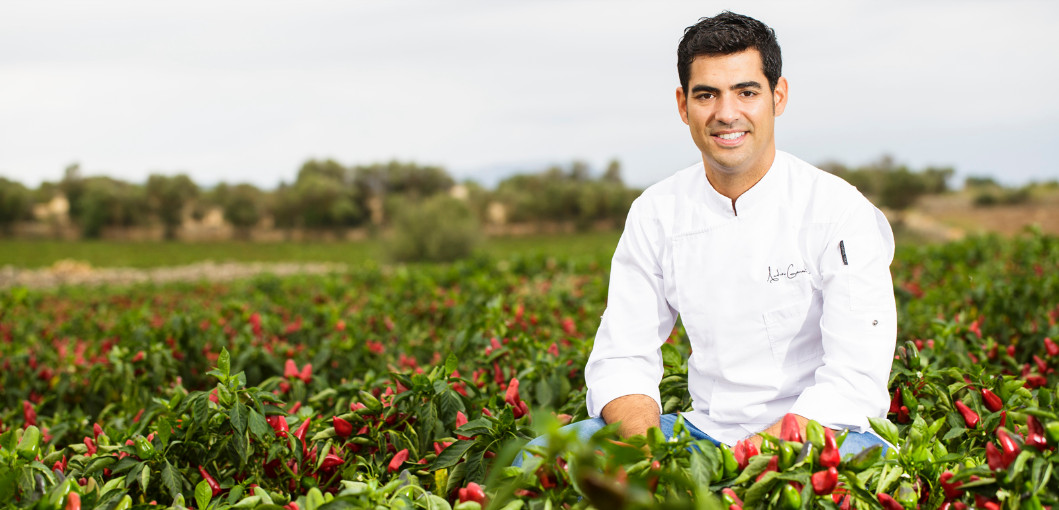
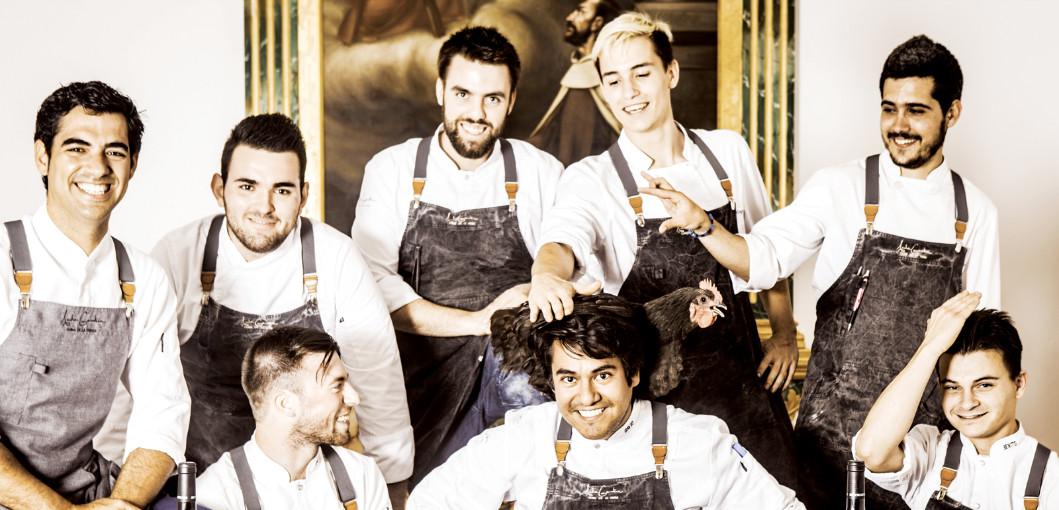
“Aromata is really Mallorquin, but with a new face – a new generation of food – it’s all about the best products but with nothing but stone walls and the waiters who serve you like you’re family,” he explains. And there’s certainly no stuffiness at Aromata, with its bare walls, local ingredients and remarkably reasonable prices. But just like at Marc Fosh’s eponymous restaurant, which is minutes away on foot, the simplicity of the setting only serves to highlight the huge amount of work that’s gone into crafting each and every dish on the two evening tasting menus – from the amuse bouche, a surprising combination of intense strawberry and tender octopus, to the finale, Genestra’s up-market version of Mallorquin ensaimadas, cheekily presented in the island’s ubiquitous cardboard takeaway containers.
In between, dishes include a refreshing crawfish tartar with fruit salad and basil cream; a mellow rice of baked eggplant topped with miniature slices of sea cucumber; and suckling pig with cauliflower terrine and smoked cherries, glazed with the restaurant’s very own vermouth. Aromata makes its own wines, olive oil and gins, too, which are also served at its big brother restaurant Andreu Genestra on Mallorca’s east coast, the proud holder of another of the island’s eight Michelin stars.
-31-fcl3wv.jpg)
Of course, no foodie tour of Mallorca would be complete without paying a visit to the island’s only two Michelin-starred establishment, Zaranda, which is set in jaw-dropping surrounds in a converted 15th-century castle at the foot of the Tramuntana mountain range. Transformed into a luxury hotel in 2013, Castell Son Claret (below) now features an underground spa, an outdoor pool, and grounds you could explore for months on end. Add Spanish-born Fernando Perez Arellano’s painstakingly-crafted degustation menus at Zaranda and it’s a no brainer. Just as they do for Genestra, local ingredients, some plucked from within the hotel’s 132-acre estate, take centre stage on Zaranda’s seasonal tasting menus, which include “sequence of pigeon”, sea cucumbers and rock mussels and local oysters with beetroot, caviar and pearl.
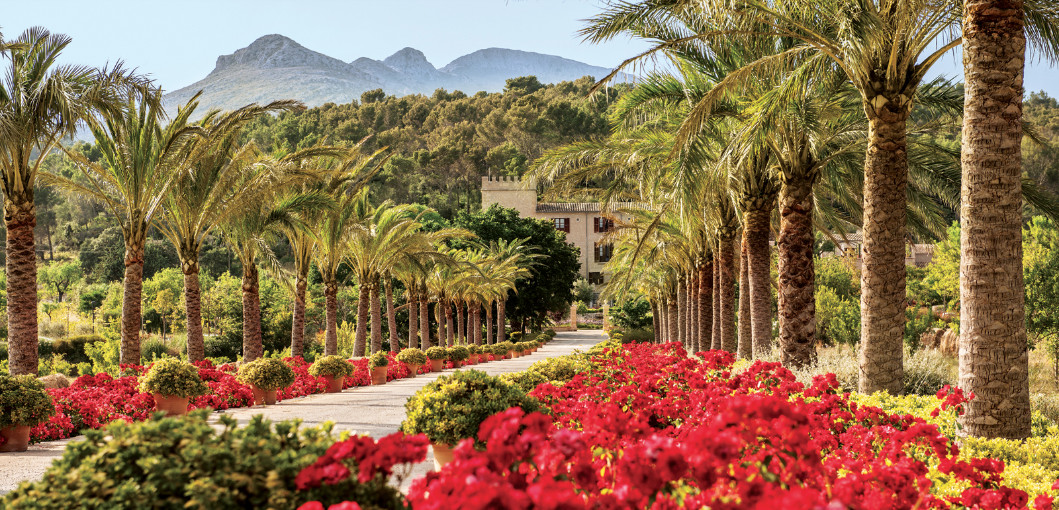
But it’s the chef’s signature “black egg” creation that really can’t be missed. Coated with a mixture of cuttlefish and scallop flesh, lightened with cuttlefish stock and coloured with its own ink, and served with onion puree, tapioca pearls and crispy Venere rice, Arellano himself isn’t 100 per cent certain how he came up with it. “Some dishes are just meant to be,” says the chef, whose pre-Mallorca career took him through kitchens from London and Naples to Dublin and Barcelona.
There are other fine gastro-stays to be found in Mallorca, among them, Hotel Convent de la Missió, home to Marc Fosh’s flagship restaurant. Tucked away down a back street in Palma’s old quarter, this restored 17th-century convent is the perfect base from which to explore the city. Minimally decorated – think whites, creams and wafting muslin – and complete with a Zen-inspired roof terrace with pool, it’s unashamedly modern while retaining the original building’s charm.

Hotel Predi Son Jaumell in Capdepera (below) is another exquisite stay, set in the heart of Mallorca’s eastern campo amid spectacular natural grounds dotted with oak, almond and carob trees and even the odd Bronze Age cave. Expect a mix of rustic décor and mod cons and the highest standards of gastronomy courtesy of Andreu Genestra’s eponymous Michelin-starred restaurant and his more casual “Senzill”.
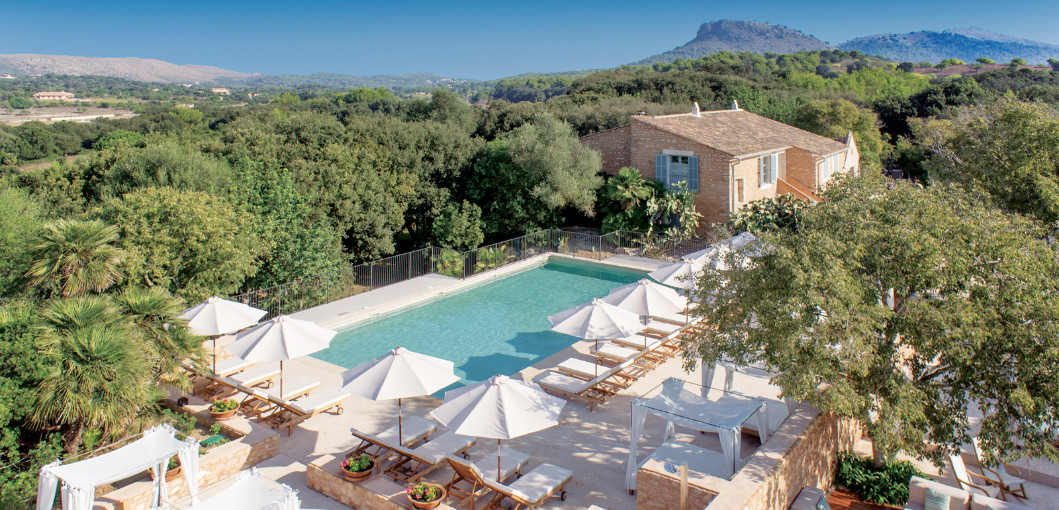
It’s not just the younger generation chefs that are helping Mallorca make a name for itself as a foodie destination. Little by little, the older generation is recognising what their 3,600-square-kilometre island home and their own restaurants have to offer – and more importantly – how to promote them. “We’ve been so used to having all these wonderful ingredients – from olive oil to salt, wine and apricots – on our doorstep,” Fosh says. “Up until very recently, no one thought it was that important or that special.”
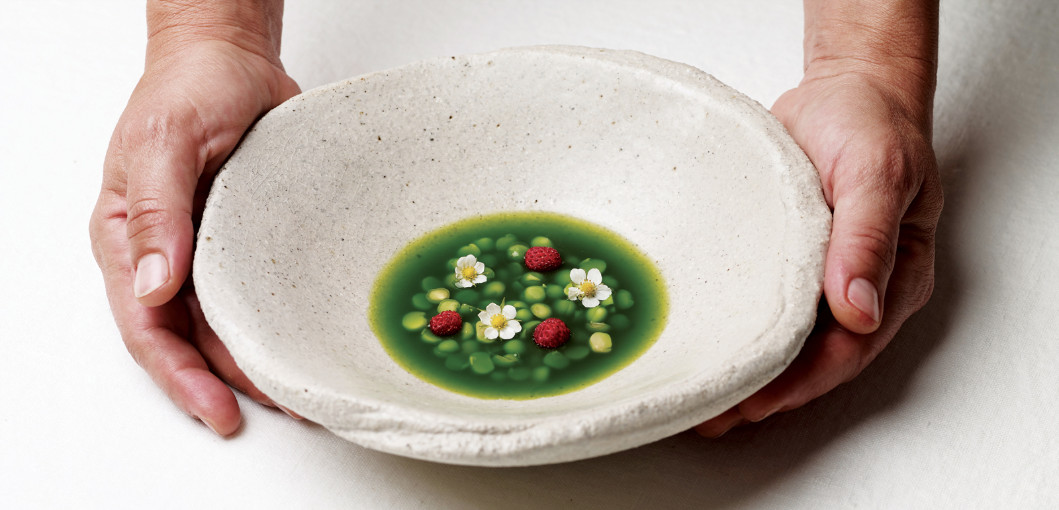
Sisters, Maria, Cati and Teresa Solivellas, the joint proprietors of countryside restaurant Ca Na Toneta, (Carrer de l’Horitzó, 21, Caimari; +34 971 51 52 26) which has been serving dishes made from all-local ingredients for 20 years, are doing a particularly good job of showcasing Mallorca’s bounty with a bar that serves fresh, fruity cocktails, a shop with Mallorquin-made cutlery, crockery and curios, and a restaurant offering rustic but beautifully presented local dishes, composed entirely of ingredients from the island.
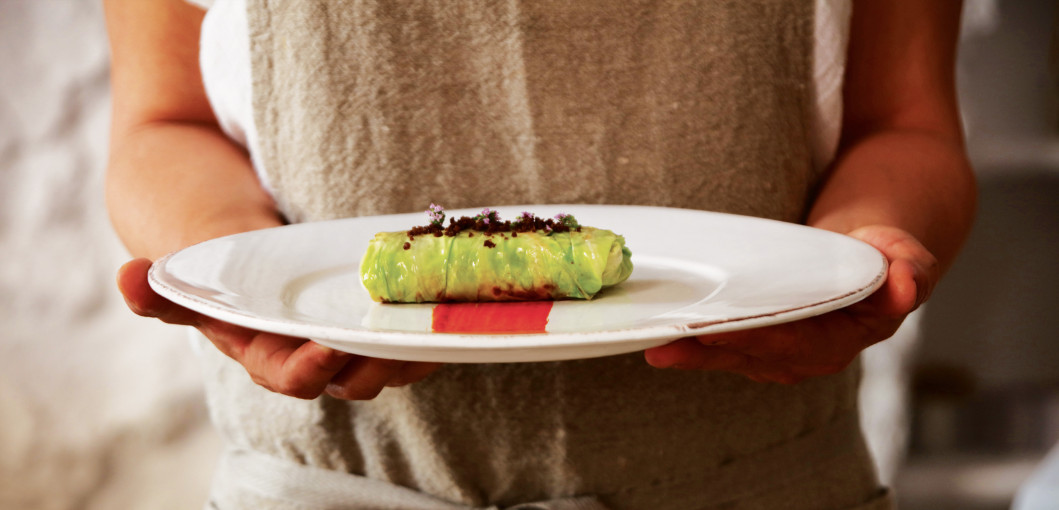
Think Mallorquin delicacies like coca with trempó, a local flatbread dish with tomato salad, and roasted suckling pig with cherry coulis and salad, which falls apart on the tongue. Local seafood, lemon, apricots and almonds also feature heavily on the restaurant’s six-course tasting menu, but you won’t leave feeling too full. Maria prides herself on offering just the right balance of quality and quantity and she has it down to an art.
All these, and many more Mallorquin ingredients, can be found on display at Palma’s main market, Mercat de l’Olivar, (Plaça de l’Olivar, 4, Palma; +34 971 72 03 14) which, just like the Solivellas sisters, recently began opening itself up to the outside world. Along with stalls selling oysters, olives and local jamon, there are tapas and sushi bars packed with visitors tucking into local fare. Mercat de l’Olivar has even started running gastronomic tours of the city, taking in all the sites that made it the culinary hub it’s becoming today, followed by a slap-up lunch in one of the market’s private dining rooms cooked from ingredients that can be bought downstairs. The Spanish omelette, sobrasada (a spreadable mix of raw, cured sausage made from local pork and spices) and ensaimadas are not to be missed.
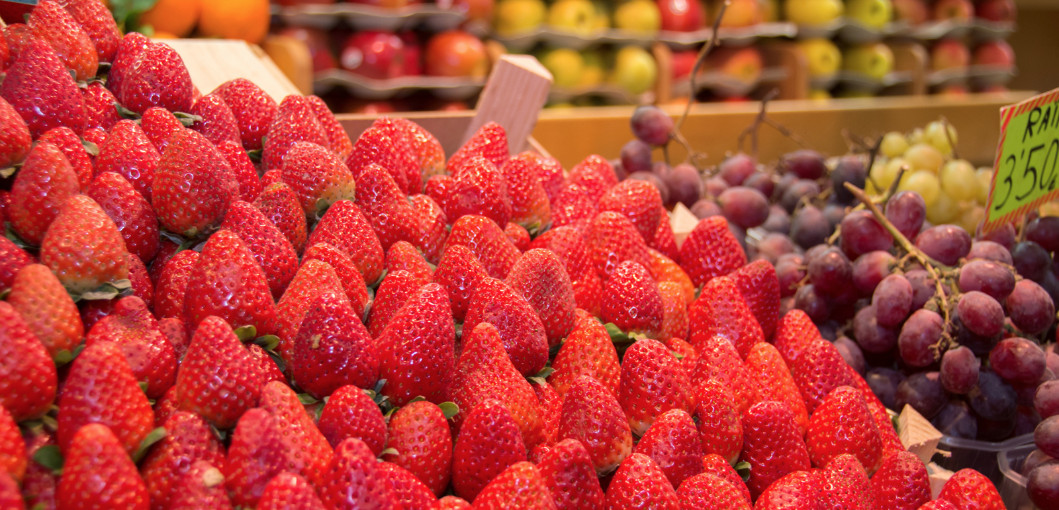
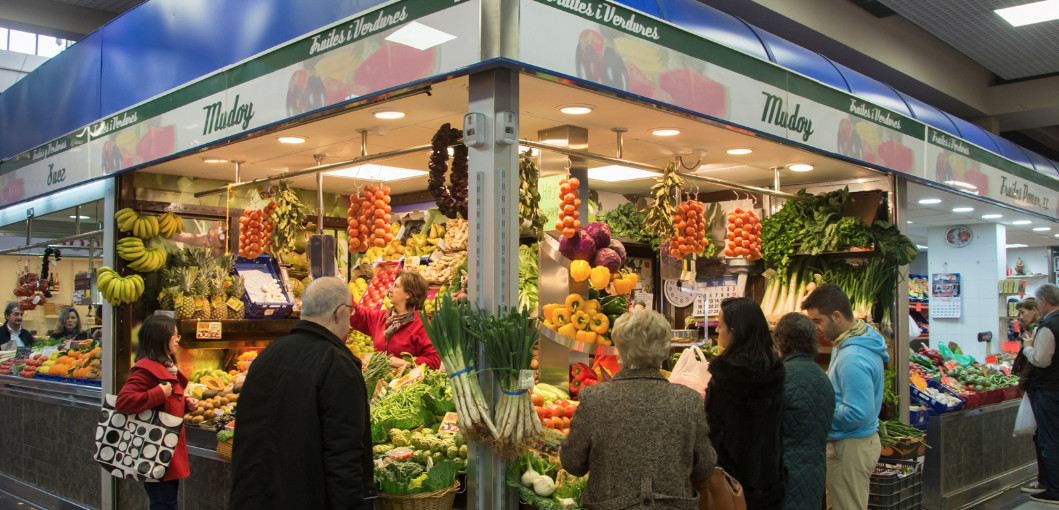
Looking ahead, Fosh sees the island’s gastronomic scene getting more exciting, not least because of his two latest Palma-based ventures, Fosh Lab and Fosh Kitchen. While he describes the former as “an open page”, an opportunity for his chefs to experiment with tastes, sounds and smells, Fosh Kitchen will hark back to the original concept of Simply Fosh. “We’re going to concentrate on great food, keeping it fun, light and not too serious,” he says.
Meanwhile Arellano plans to shoot for his third Michelin star, as well as experimenting with different profiles of restaurant, and Genestra too is in it for the long haul. “I don’t want to make a business for three years, but for 30 years, so I’m going step by step and making sure all the small elements are right,” he says. One thing’s for certain: none of them plan to leave any time soon. There’s a Mallorquin phrase that Fosh couldn’t resist sharing: “Si et quedes per un any, et quedes per sempre”. ‘If you stay for a year, you stay forever.’ There are certainly worse places to be stuck.
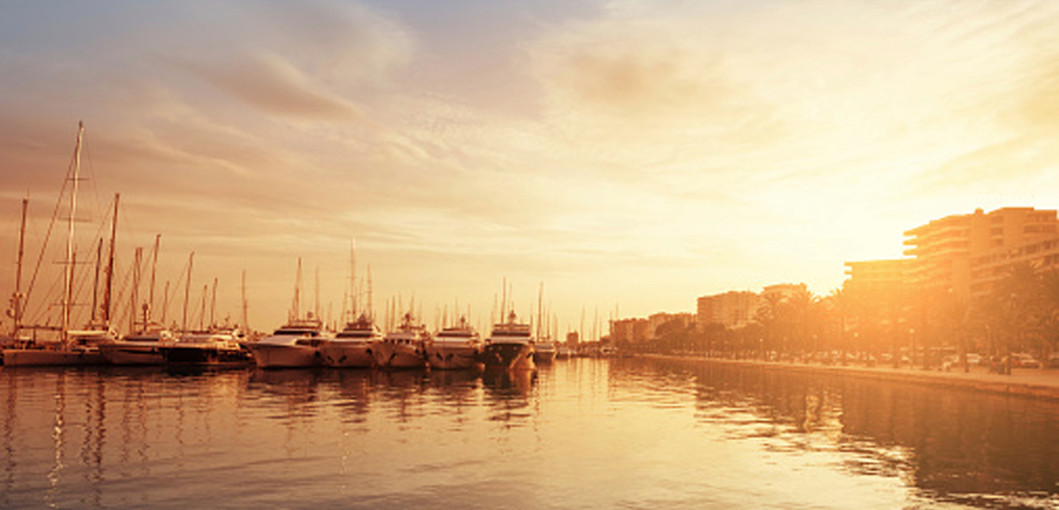
Stay:
Castell Son Claret
+34 971 13 86 20
www.castellsonclaret.com
Hotel Convent de la Missió
+34 971 22 73 47
www.conventdelamissio.com
Hotel Predi Son Jaumell
+34 971 81 87 96
www.hotelsonjaumell.com
